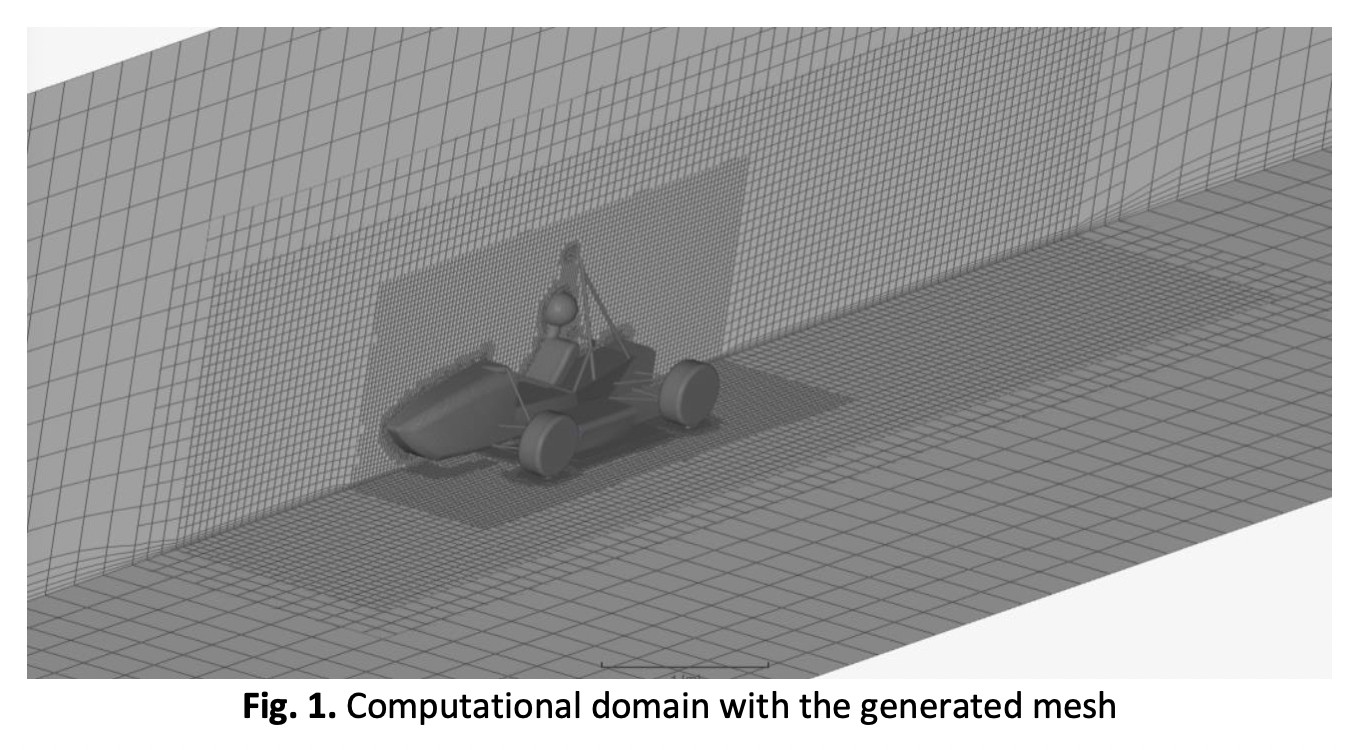Effects of Radiator Angle and Sidepod Profile on Aerodynamic Performance of a Race Car
DOI:
https://doi.org/10.37934/arfmts.104.2.139152Keywords:
Radiator angle, sidepod profile, radiator seal, Gills, FSAEAbstract
In Formula Society of Automotive Engineers (FSAE) cars engine heat management serves as an important factor for the performance of the vehicle. Therefore, a proper design of sidepod is crucial for optimal cooling of the engine since sidepods are designed to direct the airflow through the radiator. Also, since sidepods play an important role in the aerodynamic performance of the vehicle, factors such as drag and lift must also be considered along with the cooling of the engine. This paper brings forth the methodology carried out to design the sidepods effectively. First the optimal radiator angle is determined on which the maximum mass flow rate of air through the radiator core is observed. Angles are varied from 50, 70 and 90 degrees on various orientations with respect to the car. Fixing this radiator angle, various inlet and outlet areas of the sidepod are analyzed. Choosing the model with least drag and lift coefficient the sidepod is analyzed by sealing it at various sides. Finally, the effects of gills are also analyzed for better optimization of the sidepod. The models are designed in Solidworks and the CFD simulations are carried out in Simscale. Half car simulation is performed with symmetry conditions in order to reduce the cell count. The results of the analysis showed that the radiator angled forward with a diverging type sidepod yields in the better cooling of the engine.
Downloads
































